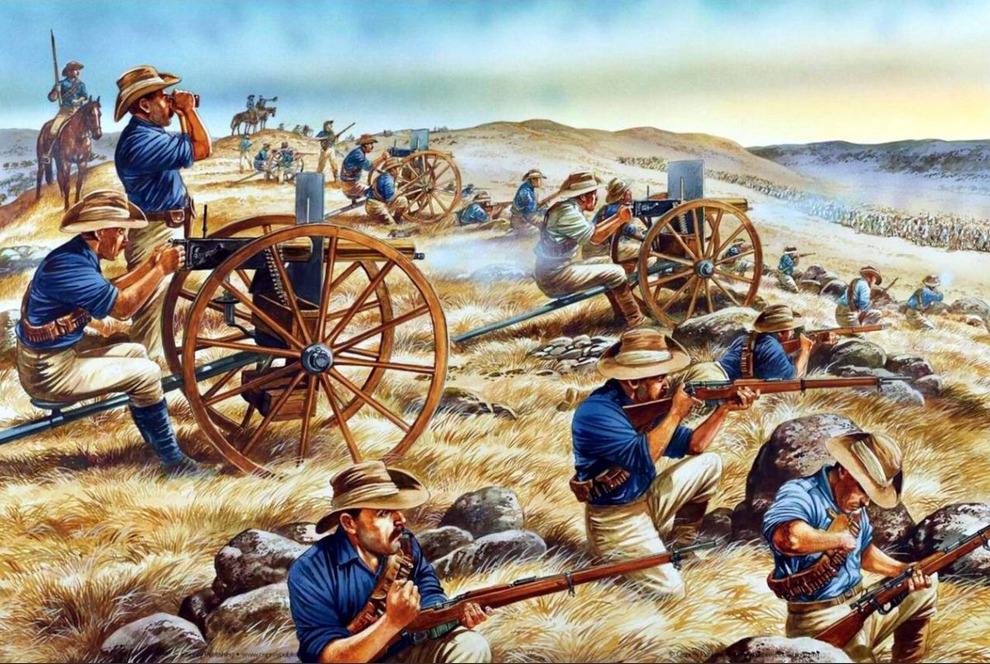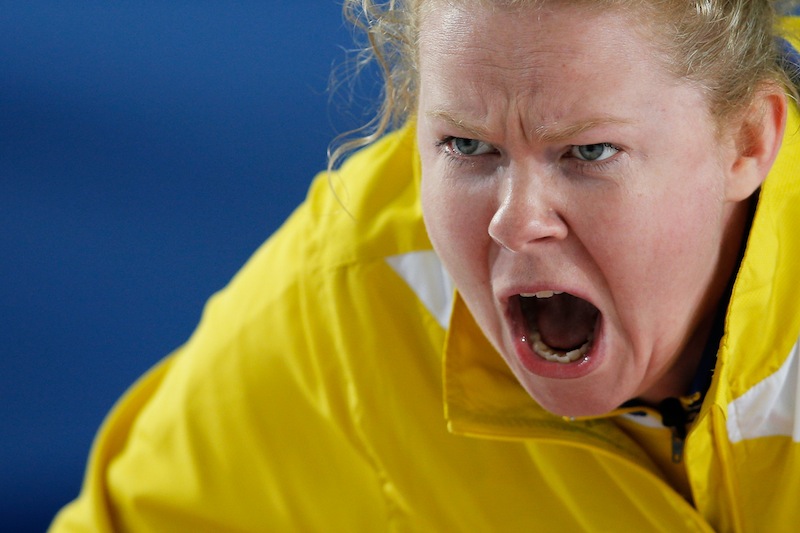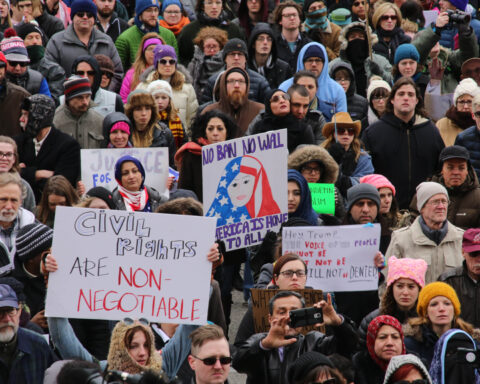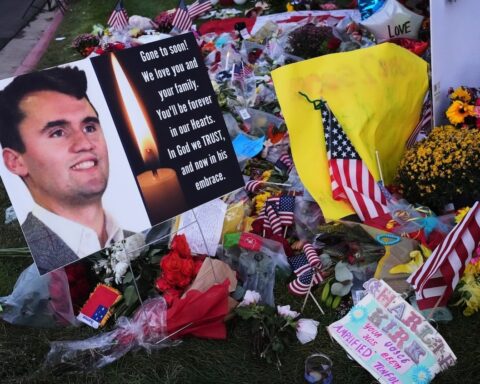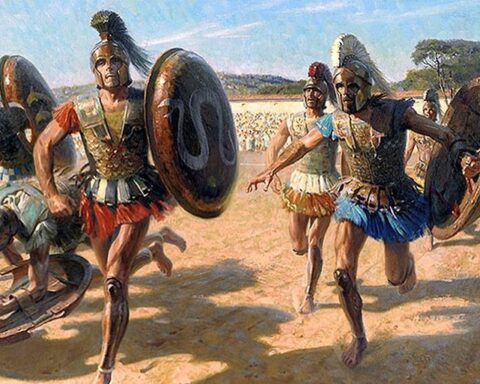Editor’s Note: The following comprises the sixth chapter of Sunshine and Storm in Rhodesia, by Frederick Courteney Selous (published 1896). All spelling in the original.
CHAPTER VI
As will be seen from the last sentence of Mr. Gifford’s letter to Colonel Napier, even at this early stage of the insurrection he predicted that it would prove a more serious business than the first war, and that this prediction has been fully justified will never I think be gainsaid by any man who has taken part in both campaigns. As, however, the difficulties experienced by the colonists in coping with the present rebellion have been very much underrated in certain quarters, and invidious comparisons instituted between Dr. Jameson’s victorious march on Bulawayo in 1893 and the conduct of the present campaign, I will take the liberty of giving my own opinion on the subject; which is that the essential differences in the circumstances under which the two campaigns were conducted render it impossible to institute any comparison between them. In 1893 Dr. Jameson marched from Mashunaland to Bulawayo with a compact force of 670 white men, 400 of whom were mounted, a small number of native allies, and a strong party of artillery consisting of 5 Maxim guns, 2 seven-pounders, 1 Gardner gun, and 1 Hotchkiss. Choosing its own line, and under the guidance of Nyenyezi —a Matabele of high position, whose whole family to the number of seventy had lately been put to death by the order of Lo Bengula, and who was himself a proscribed fugitive—this force kept in the open country as much as possible, but were obliged to pass through some broken wooded country in the neighbourhood of the Tchangani river. Here, at 4 A.M. on the morning of the 25th of October, it was attacked for the first time by the eastern division of the Matabele army, computed at some 5000 strong, though it is improbable that all the regiments composing this division were actually engaged, as all the fighting seems to have been done by the the Insukamini regiment, aided by small detachments of the Inhlati and Umquicho.
The attack failed, the Matabele being beaten off from the laager with heavy loss, whilst the column marched on towards Bulawayo, and was not again attacked until after the Impembisi had been crossed.
At a point a few miles beyond this river the laager was again attacked on 1st November, this time in perfectly open ground, and in the middle of the day. The attack was made by the Imbezu and Ingubu regiments, computed by Sir John Willoughby to number together about 1700 men; some 5000 more of other regiments who were hanging round never having come into action at all. In this engagement these two regiments suffered very heavily from the fire of the Maxim guns, although, as they have both reformed and taken a prominent part in the present rebellion, they were certainly not annihilated. On hearing of the defeat of the Imbezu and Ingubu, one or other of which regiments he usually kept near him as a sort of bodyguard, Lo Bengula fled from Bulawayo, after first burning the kraal and blowing up his European house; but before doing so he recalled his son-in-law, Gambo, from the Mangwe Pass, thus leaving it open for the unopposed advance of the southern column under Colonel Gould Adams, who with the 400 men under his command was thus enabled to effect a junction with Dr. Jameson on 15th November. Gambo had been in command of all the regiments composing the Eegapa and the Umschlopay, the two largest military divisions of the four into which the country was divided, numbering together at least 8000 men. Excepting, however, a small detachment which attacked Colonel Gould Adams at the Singuesi river, none of the men composing this force took any part in the first Matabele war, although it numbered in its ranks some of the king’s best regiments, such as the Inyama Nghlovu and M’schlaschlanglela. Neither were the men under Sikombo, Umlugulu, and many other influential Indunas living to the south-east of Bulawayo, ever engaged in the first war, as although they were all mustered and were close to Bulawayo at the time of the defeat of their compatriots at the Impembisi, they seem to have lost heart when they heard of the disastrous result of that fight, immediately followed as it was by the flight of their king, and so retired to the Matopo Hills, and subsequently surrendered without fighting.
The death of Lo Bengula probably closed the campaign, for but for this event his pursuit to the lower Tchangani, resulting as it did in the death of Major Wilson and all his brave companions, would scarcely have had any other effect than to show the Matabele that although white men were invincible when defending a laager with Maxim guns, they were by no means so when only armed with rifles, if they could be outnumbered and surrounded in difficult country.
But the death of their king left them like a swarm of bees bereft of their queen. Their councils were divided; their military arrogance crushed out of them by the heavy defeats their best regiments had sustained at the Tchangani, the Impembisi, and in a minor degree at the Singuesi. Short of food, and living like wild beasts in the rocks and forests, with all the bitter discomfort which such a life entails even on savages during the rainy season in a sub-tropical country, they saw their women and children sicken and die day by day, until their only hope of life seemed to lie in a speedy return to the high and healthy plateau from which they had fled. But there lay the laagers of the white men strongly defended with cannon and Maxim guns. From such positions they could not hope to drive them, nor without a leader or any cohesion between the numberless little parties into which they were divided did they dare to try conclusions with the mounted patrols which scoured the open country. What wonder then that when liberal terms of peace were offered them, first one Induna with all his people, and then another and another, surrendered, until in a short time the whole nation had freely and frankly submitted itself to the white man’s rule? Such is a brief account of the conquest of Matabeleland in 1893, which was practically settled by two battles, in which the Matabele attacked the white men in laager and were in each case driven off with heavy loss by the fire of the Maxim guns.
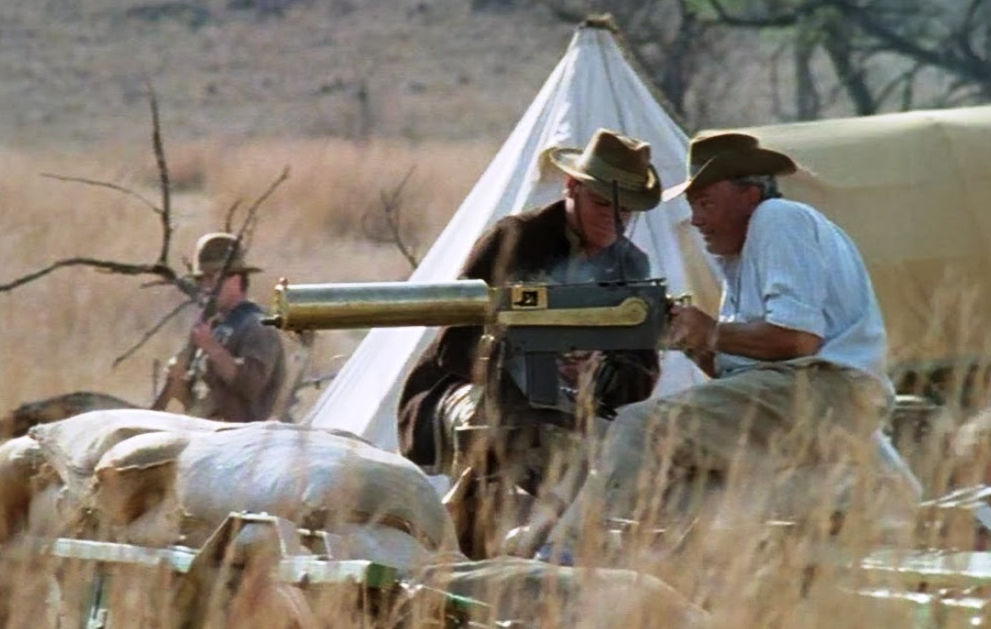
The brilliancy of the exploit, resulting as it did in the overthrow of one of the most cruel and barbarous despotisms that has ever existed even in barbarous Africa, and in the throwing open to European enterprise of a rich and fertile territory, blessed with a climate in which white men can live and thrive, will ever be remembered as one of the most brilliant episodes in the history of British colonisation in South Africa; and no one, in this country at any rate, would wish to detract one iota from the honour due to all those who took part in Dr. Jameson’s historic march to Bulawayo in 1893. It was admirable both in the boldness of its conception and the steady and unflinching resolution with which it was carried out.
All I wish to point out is that in 1893 the fighting power and the military spirit of the Matabele nation was only scotched, not killed; for more than half the regiments which had formed the king’s army at the time of the war did not lose a single man during the hostilities, never having been engaged in any of the fights; whilst the only regiments which lost really heavily were the Insukamini, the Imbezu, and the Ingubu. It is difficult to state with any degree of exactitude the number of men lost by the Matabele in 1893, but personally I find it difficult to believe that their loss in men killed or who died from wounds can have exceeded 1000—that is, 200 at the Tchangani, 500 at the Impembisi, 100 at the Inguesi, and 200 killed during the fighting on the lower Tchangani. Be it remembered by those who consider this too low an estimate, that if more than 500 Matabele were killed at the Impembisi fight, it would mean over 30 per cent of the entire force engaged, as the strength of the Imbezu and Ingubu together did not exceed 1700, whilst the number of the survivors who have been and still are taking part in the present rebellion is by no means inconsiderable. As regards the loss inflicted on the Matabele by Major Wilson and his brave companions during their last desperate stand on the lower Tchangani, we have nothing to go upon, except what natives who were there can tell us, and I think there is reason to believe that their loss there was not actually so heavy as at one time it was supposed to be, as they were always able to fire on the whites from behind the shelter of trees. Apart, however, from the direct loss sustained in the various fights, the Matabele must have suffered heavily from the ravages of sickness caused by exposure and want of food after the fighting had ceased. The greatest sufferers were naturally the women and children, the able-bodied men having been better able to withstand the unaccustomed hardships. Altogether, I think that if to the 1000, which is my estimate of those killed in battle, or who died from the effects of their wounds, another 1000 is added for the able-bodied men who died of sickness afterwards, the aggregate will be a very liberal allowance for the total losses sustained by the Matabele in fighting men during, and in consequence of, the war of 1893.
However, to avoid all cavilling let us add another 1000 to this number, making 3000 altogether. Subtract these 3000 from the entire fighting strength of the nation before the war, which has never been estimated at less than 20,000, and it leaves a residue of 17,000 able-bodied men. This total may be a thousand or two out one way or the other; but, whatever the fighting strength of the nation may be, every man composing it throughout the length and breadth of the land is now in arms against the white men, with the exception of some of Gambo’s people and a few others, numbering in all under 1000 men, about whom I shall say a few words later on.
But, it has been said, however many Matabele may have rebelled against the Government, they cannot be very dangerous foes, since the whole nation was disarmed after the first war. This is an error. After the war of 1893 a considerable number of guns were certainly given up, but that the total handed in and destroyed was but a small proportion of what they had possessed before the war no one who knew anything about the matter ever doubted. Besides muzzle-loading guns of every description, the Matabele were formerly in possession of at least 2000 breech-loading rifles, principally Martini-Henrys, a certain number of which were captured from them during the war or surrendered after hostilities were over. As no count seems ever to have been kept of the number of these rifles captured or handed in, no exact figure can be given. General report says 150 to 300, whilst the highest number I have ever heard ventured was “between 400 and 500.”
Even taking the highest number to be correct, considering that a considerable number of Martini-Henry rifles have been illicitly sold to the Matabele during the last two years, that nearly 100 breech-loading rifles were taken over to the enemy by the rebel police, whilst many more were captured from murdered men during the first days of the rebellion, it cannot be denied that they have regained more than they lost, so that in the matter of breech-loading arms they entered upon the present insurrection with a larger supply than they possessed in 1893, whilst, as I have said before, however many muzzle-loading guns they may have surrendered, they kept back a great many which they are now using. As regards ammunition, I, for one, certainly thought when the present rebellion broke out that their supply would soon run short, but it has not yet done so, and, moreover, it seems to be fairly distributed through the whole nation, as every impi with which we have yet been engaged has shown itself to be well supplied, especially with Martini-Henry cartridges.
Thus we now see that after the first conquest of Matabeleland a very large proportion of the former military strength of the country was still available, and that although this large number of able-bodied savages were apparently without arms, their weapons were only hidden for the time being. Where the large supply of ammunition which they have proved themselves to be possessed of came from, I cannot say. Probably large quantities were buried with the rifles after the first war, and this store has been constantly added to by theft and illicit purchase ever since.
However, over two years of most submissive behaviour, unbroken by any attempt whatever to rebel against the authority of the Chartered Company, lulled every white man in the country into a feeling of security which events have not justified.
A native police force was raised, which was apparently working admirably up to the time of the rebellion; and even then, it is but fair to say, almost all the police who had been first enrolled, and who had done more than a year’s service, held themselves aloof from the rebels, the great majority of defections occurring amongst those who had been but lately enrolled and amongst whom there was therefore little or no esprit de corps.

